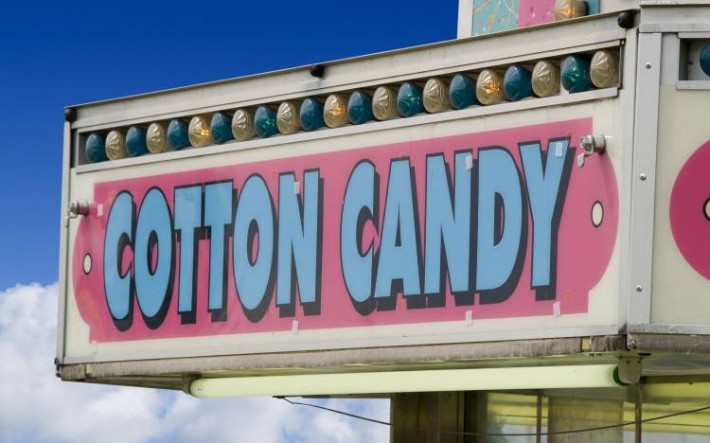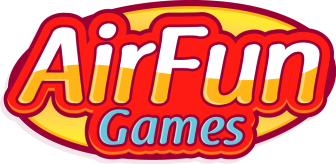
The dusty halls of history are littered with topics over which otherwise reasonable people have disagreed. But it’s a far shorter list of things people actually agree upon.
Near the top: cotton candy.
Sure, there are probably people out there who don’t like this fair and carnival standard, but they are far outnumbered by adults who have fond memories of eating cotton candy and kids who wouldn’t mind having some right now, please.
But if you think about it for more than 30 seconds, cotton candy is a strange sort of food. What is it? Where did it come from?
If you want those questions answered, you’ve come to the right place. And with National Cotton Candy Day approaching on Dec. 7, now is a good time to ask about the history of cotton candy.
History of Cotton Candy: Fairy Floss and the World’s Fair
There are various claims on the origins of cotton candy – some date it back to 19th Europe. But the generally accepted history has it starting in middle America.
And like many things that were invented at the turn of the 20th Century, cotton candy got introduced to the public at large at the St. Louis World’s Fair in 1904.
At the time it was called “fairy floss.” The sweet concoction was the invention of four men: Thomas Patton, Josef Delarose Lascaux, John C. Wharton and William Morrison.
Wharton and Morrison, a dentist, had invented a machine in 1899 that used centrifugal force to spin and melt sugar, moving it through small holes. The two men, from Nashville, took their invention to the World’s Fair and made $17,163.75 selling 68,655 boxes, according to the website Cotton Candy Express.
That’s a lot of cash – more than $400,000 in today’s dollars.
Cotton Candy Goes to the Circus
Meanwhile, Patton had received a patent for his own cotton candy invention. He used a gas fired rotating plate and spun caramelized sugar, making him able to form threads of cotton candy.
He brought his new invention to the Ringling Bros. Circus, which agreed to sell it. Anyone who has ever eaten cotton candy needs no explanation of how big a hit the new tasty treat was to circus customers.
In 1921, Lascaux developed a similar invention and introduced it to the patients at his dentist’s office in Louisiana. He supposedly was the first to call the product cotton candy – a name that stuck and replaced fairy floss (except, apparently, in Australia).
In 1949, Gold Medal Products developed a better, more efficient machine, which launched cotton candy into a nationwide product
By the 1970s, the first automated machines were making cotton candy, which is the way most of us still enjoy it today.
So next time you bite into some cotton candy, remember you have four men to thank, including (perhaps somewhat ironically) two dentists.


I didn’t realize that some people date cotton candy as far back as 19th century Europe. You also mention that it was introduced to the public at the St. Louis World’s Fair in 1904. I think it’s a great idea to use cotton candy for school fundraiser events since cotton candy stands out, it’s easy to eat, and everyone wants it!